Save
An investor’s guide to CGT
Capital gains tax, or CGT, is one of the most prevalent taxes doggedly pursuing investors throughout their lives. Few taxes are as pervasive across as many sectors as CGT, but what is it and how can you minimise the burden it places on your returns?
An investor’s guide to CGT
Capital gains tax, or CGT, is one of the most prevalent taxes doggedly pursuing investors throughout their lives. Few taxes are as pervasive across as many sectors as CGT, but what is it and how can you minimise the burden it places on your returns?
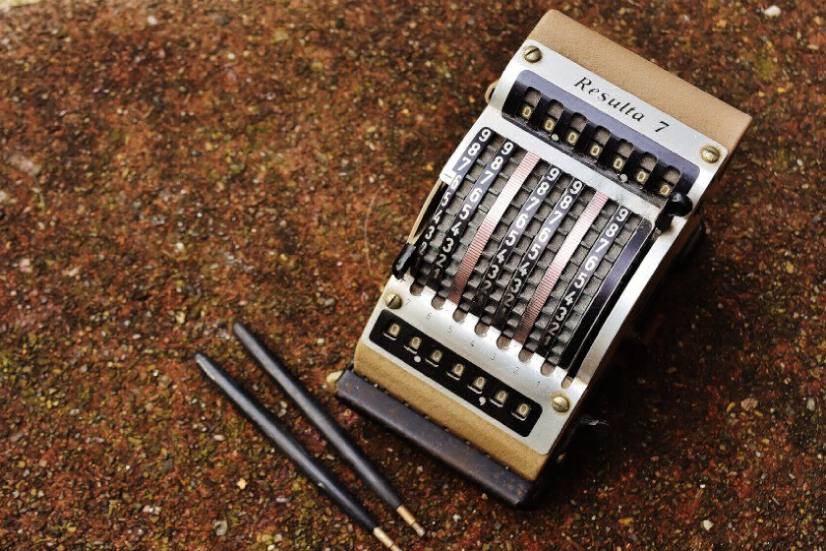
“Capital gains tax is basically the profit that you make from an investment or an asset that will need to be declared on the tax return as income,” ITP regional director Scott Bailey says.
Unlike other taxes, CGT is not applied as a separate rate.
“Your capital gain is basically income that is added straight to your tax return on top of your other income and then you're taxed at whatever the applicable marginal tax rate is,” Mr Bailey said.
What is subject to CGT?
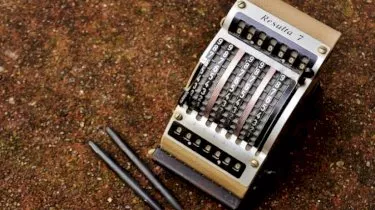
While most Australians may associate CGT with investment properties, there are a wide range of assets that are subject to the tax, H&R Block tax communications director Mark Chapman told Nest Egg.
“In addition to property common things, you’d pay CGT when you sell shares, a business, an asset within a business, as well as potentially things like works of art and jewellery,” Mr Chapman said.
However, there’s no real rule of thumb as to what exactly incurs CGT.
“There isn’t a strict classification of what exactly is subject to CGT but the ATO website gives a very good list of things that potentially subject to CGT but if it’s a capital asset, generally CGT does apply to it,” Mr Chapman said.
“That might sound a bit vague like you have to go and figure it out but you generally know what a capital asset is when you see it, like a house, a boat etc.”
How is it calculated?
The first step of calculating your CGT obligation is figuring out what is known as the cost base.
For an investment property, the cost base is made up of what you originally paid for the asset plus incidental, title and ownership costs. You then subtract any government grants and depreciable items from this figure to find your cost base.
• Incidental costs may include legal, agent, advertising and marketing fees as well as stamp duty.
• Improvement costs may include replacements or improvements you made to the property while you owned it.
• Ownership costs may include land tax, maintenance, home loan interest and rates. However, these may only be applicable on borrowed money if your purchase date fell after 20 August 1991 or if the property didn’t produce an assessable income.
Simply subtract your total cost base from what you sold the asset for to find your capital gain or loss.
Once you have established your capital gain, the second step is to find what amount of that CGT is payable.
If you owned the property for less than 12 months, the entire gain is added to your taxable income.
50 per cent discount method
“As long as you’ve held an asset more than 12 months, only half that profit would be declarable as taxable income,” Mr Bailey explained.
“If $16,000 is your overall capital gain, you would divide that in half and that would give you $8,000 to declare on your tax return.”
If you owned the asset in a super fund and for longer than 12 months, you are eligible for a 33.3 per cent discount.
Index method
However, if you bought the asset prior to 21 September 1999, you are able to apply the Indexation method.
“You can either use an indexation of the cost base, or the original purchase price and incidentals,” Mr Bailey said.
Indexation effectively increases your cost base to reduce your taxable capital gain.
“[However] indexation stopped in 1999 so the ATO only allows indexation up until then and after that nothing. What that means is if you bought an asset for $20,000 back in 1986 it might now have an index base of $26,000 say, and you sold it for $36,000. The profit would be the difference between the $26,000 cost base and the $36,000 so $10,000 in that example,” he explained.
In that example, the investor increased their cost base by $6,000, effectively reducing their taxable income through indexation.
Exemptions
However, that’s not to say that all assets are treated the same. Some useful exemptions exist.
Main place of residence
“You normally only pay capital gains tax on the house if it’s not your main residence, so if it’s an investment property you pay CGT,” Mr Chapman said.
“If it is your main residence, then you’re normally exempt from capital gains tax which is a very big windfall.”
Time of purchase
If you purchased the property prior to 20 September 1985 you’ll pay no CGT.
SMSF investment
If you use your SMSF to purchase a property, you can also use it to take out a home loan. This is then paid off through your super contributions. If you sell the property after you retire, you will have a full exemption from CGT. If you sell during the accumulation phase, your CGT will be 15 per cent, or 10 per cent if you hold it for longer than 12 months.
Other exemptions
You may also be exempt if you move out of and rent out your main residence for up to six years. Any sale within this time frame will be exempt.
Carrying forward losses
It’s an unfortunate reality that not every asset you own will be sold for a profit. However, even if you make a loss from its sale, there are still some useful tax breaks.
“Losses can be used to reduce any future capital gains and you can carry it forward for as long as it takes to use it up,” Mr Chapman said.
While a capital loss can’t be used to reduce your regular income, it can offset future capital gains across multiple financial years until it is exhausted.
Ultimately, even a bad investment can be used to boost the tax efficacy of future winners.
Tips
Live in your property
“The ultimate way to reduce CGT on a house is to live in it because then you are potentially exempt from capital gains tax altogether,” Mr Chapman said.
“If you are one of these people who flips houses, buying it, doing it up, selling it again, definitely the best way to do that from a tax view is to live in it while you’re renovating, that way you take advantage of the main exemption and the development becomes tax free.”
Keep well-organised records
“It’s really about keeping all your records, like with investment properties, where you’ve got stamp duty on the purchase of the asset, and you’ve got all your incidentals to take care of like solicitors’ fees at the beginning and the end of the transaction,” Mr Bailey said.
“If there were any capital expenses you may not have been able to claim throughout the life of that asset, like depreciation for an investment property, you would include that in your final calculation to reduce your capital gain.”
Don’t forget about unavoidable costs
One of the main incidental expenses property investors forget is stamp duty, Mr Chapman said.
“The stamp duty rules change depending what state you’re in but you’re looking at tens of thousands of dollars in costs which have got to be covered before you even start the property development. That’s something you have got to bear in mind when you do your budgets in terms of working out the financial feasibility of the project.”
“You’re talking about many thousands of dollars of difference with these things.”

Tax saving
$20,000 instant asset write-off extension welcomed, but calls for broader support grow
The Australian government's decision to extend the $20,000 instant asset write-off into the next financial year has been met with approval from business leaders. However, there are growing calls for ...Read more
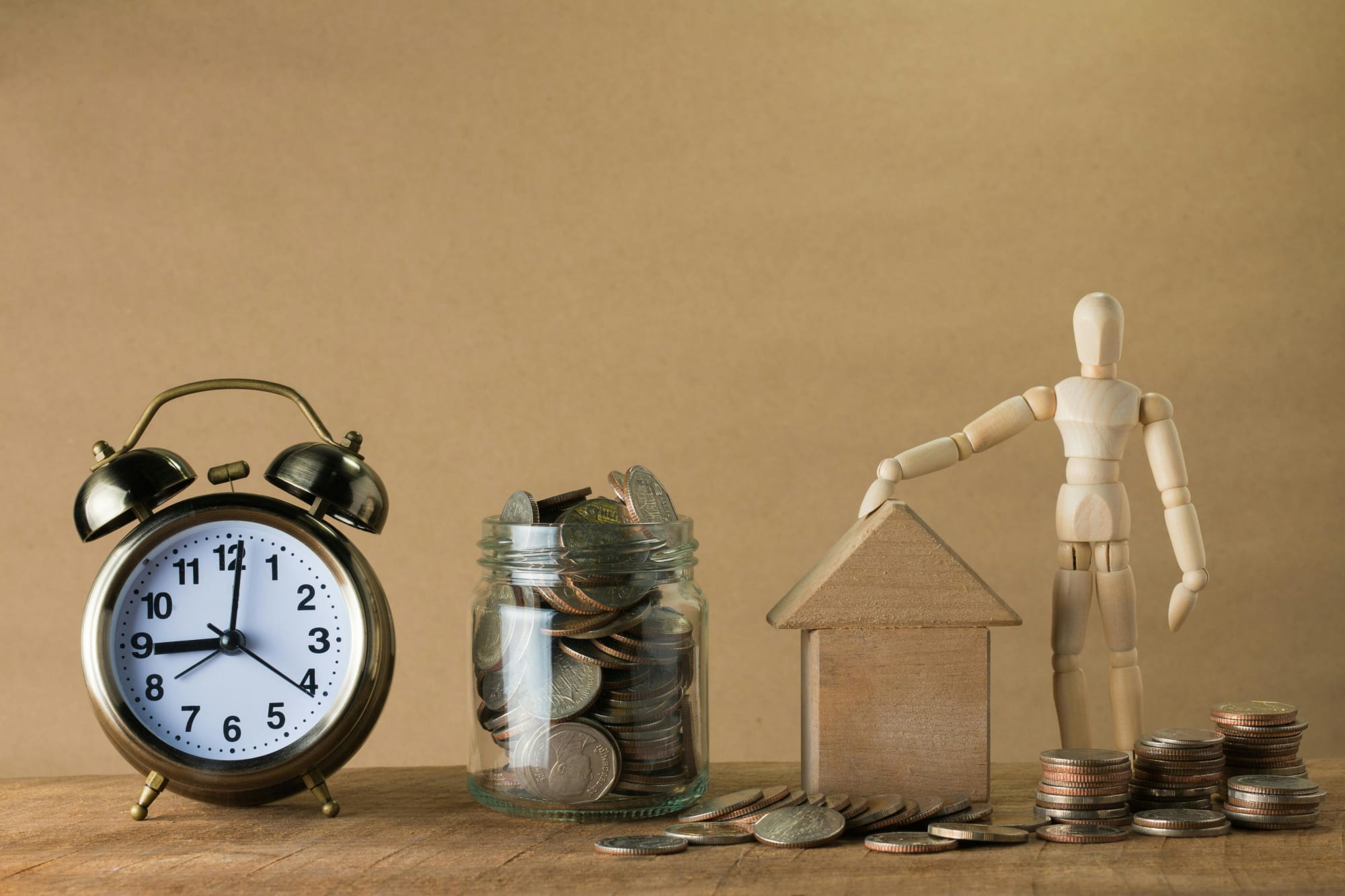
Tax saving
The downsizer dividend: How targeted tax levers could unlock housing supply in Australia
A call by Raine & Horne to incentivise seniors to move to smaller homes has kicked off a wider policy conversation that reaches well beyond real estate. If designed well, a targeted package could ...Read more
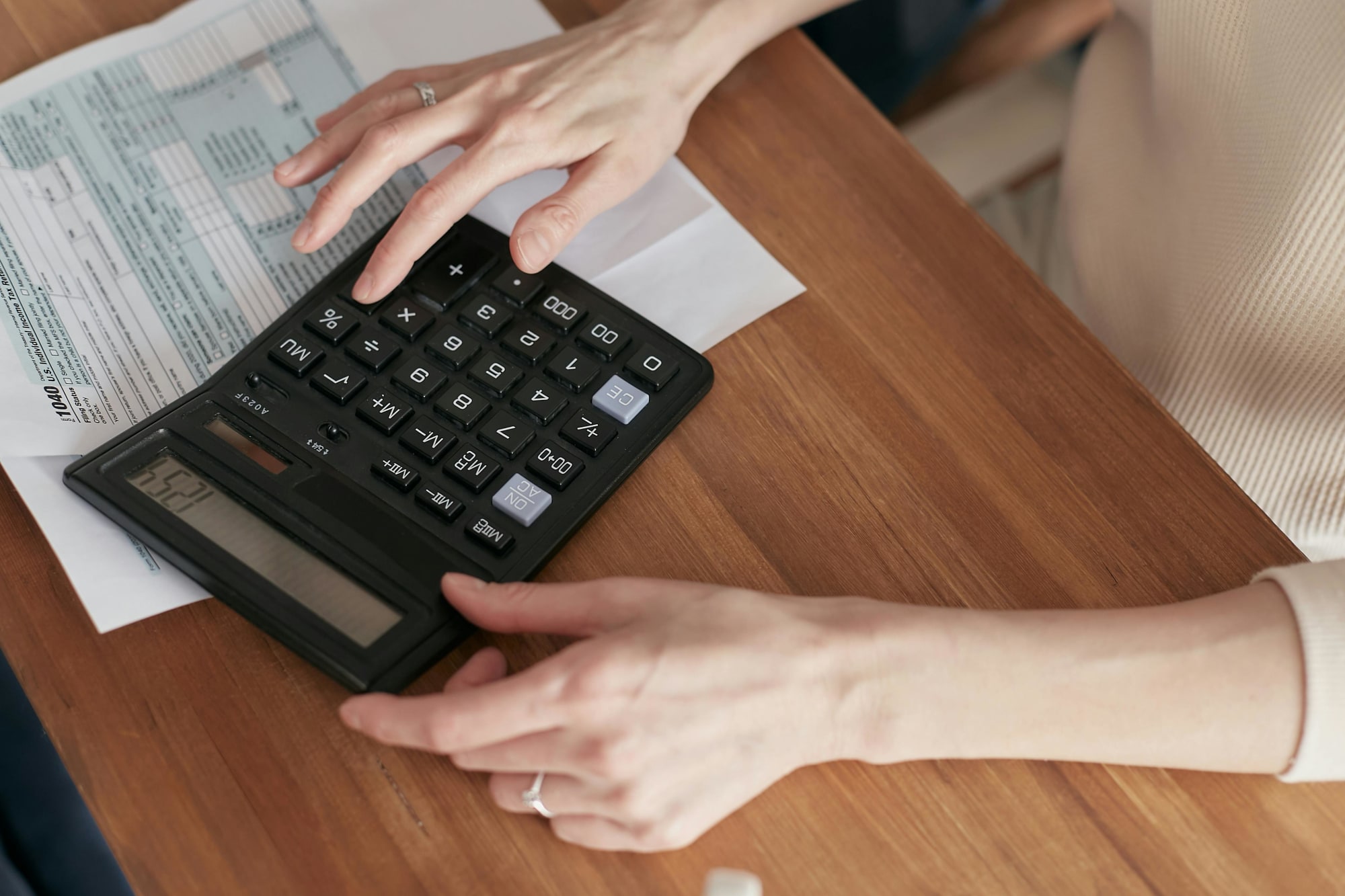
Tax saving
Raine & Horne's bold move could unlock housing supply but what are the hidden risks
Raine & Horne’s call for targeted tax incentives to encourage empty nesters to ‘rightsize’ isn’t just another sector wish list; it’s a potential lever to free up family homes, ease rental ...Read more

Tax saving
From annual check-ups to always‑on: how modern portfolio reviews unlock after‑tax alpha
The era of once‑a‑year portfolio check‑ins is over. Continuous, tech‑enabled reviews now drive returns through tax efficiency, risk control and behavioural discipline—especially in a high‑rate ...Read more

Tax saving
Navigating tax laws for capital gains in 2023
The landscape of Australian tax laws surrounding capital gains is ever-changing, with 2023 being no exception. Read more

Tax saving
What you need to know about the tax implications of crypto
One million Aussies are now invested in crypto, but many have not thought about how these investments will affect them at tax time. Read more
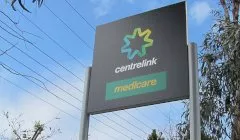
Tax saving
Welfare overhaul could give recipients a leg-up
Australia’s Centrelink recipients who’ve been doing it tough are in for a potentially easier time if the federal government pursues ambitious reforms that could provide sturdier safety nets. Read more
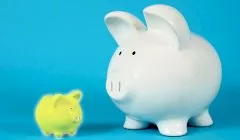
Tax saving
Students should think twice before tapping into their super
Former students might want to think carefully before they look to take advantage of the federal government’s biggest first home buyer incentive. Read more

Tax saving
$20,000 instant asset write-off extension welcomed, but calls for broader support grow
The Australian government's decision to extend the $20,000 instant asset write-off into the next financial year has been met with approval from business leaders. However, there are growing calls for ...Read more

Tax saving
The downsizer dividend: How targeted tax levers could unlock housing supply in Australia
A call by Raine & Horne to incentivise seniors to move to smaller homes has kicked off a wider policy conversation that reaches well beyond real estate. If designed well, a targeted package could ...Read more

Tax saving
Raine & Horne's bold move could unlock housing supply but what are the hidden risks
Raine & Horne’s call for targeted tax incentives to encourage empty nesters to ‘rightsize’ isn’t just another sector wish list; it’s a potential lever to free up family homes, ease rental ...Read more

Tax saving
From annual check-ups to always‑on: how modern portfolio reviews unlock after‑tax alpha
The era of once‑a‑year portfolio check‑ins is over. Continuous, tech‑enabled reviews now drive returns through tax efficiency, risk control and behavioural discipline—especially in a high‑rate ...Read more

Tax saving
Navigating tax laws for capital gains in 2023
The landscape of Australian tax laws surrounding capital gains is ever-changing, with 2023 being no exception. Read more

Tax saving
What you need to know about the tax implications of crypto
One million Aussies are now invested in crypto, but many have not thought about how these investments will affect them at tax time. Read more

Tax saving
Welfare overhaul could give recipients a leg-up
Australia’s Centrelink recipients who’ve been doing it tough are in for a potentially easier time if the federal government pursues ambitious reforms that could provide sturdier safety nets. Read more

Tax saving
Students should think twice before tapping into their super
Former students might want to think carefully before they look to take advantage of the federal government’s biggest first home buyer incentive. Read more













